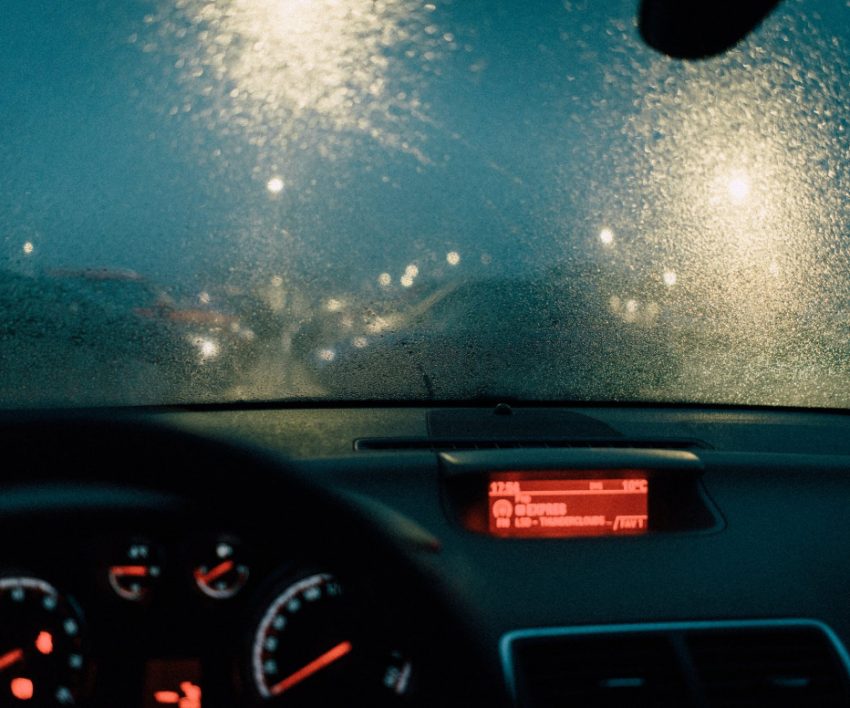
Driving in the rain can be a daunting experience for anyone, but it is especially important for women to be mindful of their safety on the road. When you’re driving alone or driving at night in winter, it’s crucial to take a few precautionary measures to ensure a safe and secure journey.
These are a few easy yet valuable safety checks you need in order to ensure you are ready for any potential risks!
Check your vehicle
Before hitting the road in wet conditions, it’s essential to ensure your vehicle is in optimal condition. A quick stop at a petrol station is all you need.
Checking the tire pressure, brakes, headlights, windshield wipers, and water and oil levels is vital. Properly functioning equipment is crucial for visibility and control while driving in the rain.
Adjust your driving habits
Your inner Formula 1 driver should take the backseat. Reduce your speed, leave a safe distance between your car and the one ahead, and avoid sudden braking or acceleration. You always want to maintain control and prevent skidding.
Maintain visibility
Visibility is paramount when driving in adverse weather conditions. Keep your headlights on, even during daylight hours or in misty conditions. Ensure your windshield wipers are in good condition and use the appropriate speed setting for the intensity of rain.
Be aware of hydroplaning
Hydroplaning occurs when your tires lose contact with the road due to excessive water on the surface. To reduce the risk of hydroplaning, drive in the tracks left by the vehicle ahead of you. Additionally, avoid sudden steering or braking movements and maintain a moderate speed to maintain better control over your vehicle.
Intersection caution
Intersections at night can already spark some anxiety so extra caution should be taken rainy weather. Approach them with extra alertness, reducing your speed well in advance. Be patient and allow other vehicles to clear the intersection before proceeding to avoid accidents caused by slippery road conditions.
Prepare an emergency kit
It is always wise to have an emergency kit in your vehicle, especially during rainy seasons. Include essential items such as a flashlight, reflective vest, basic tools, first aid kit, blanket, a jacket and anything else you may need for an unexpected case of a breakdown or emergency.
Other important precautionary measures include:
- Know how to change a tire but do not do so alone at night in terrible weather conditions.
- Always have data or airtime.
- Ensure that your phone battery is always charged or you have a car charger.
- Avoid being on your phone at all costs. Any distractions are extremely dangerous.
- Plan ahead and allow for enough travel time so you are not rushing.
Driving in the rain demands heightened caution and preparation, so remember to be proactive, adapt to the weather conditions, and prioritise safety.
Written by: Amy Steenkamp




